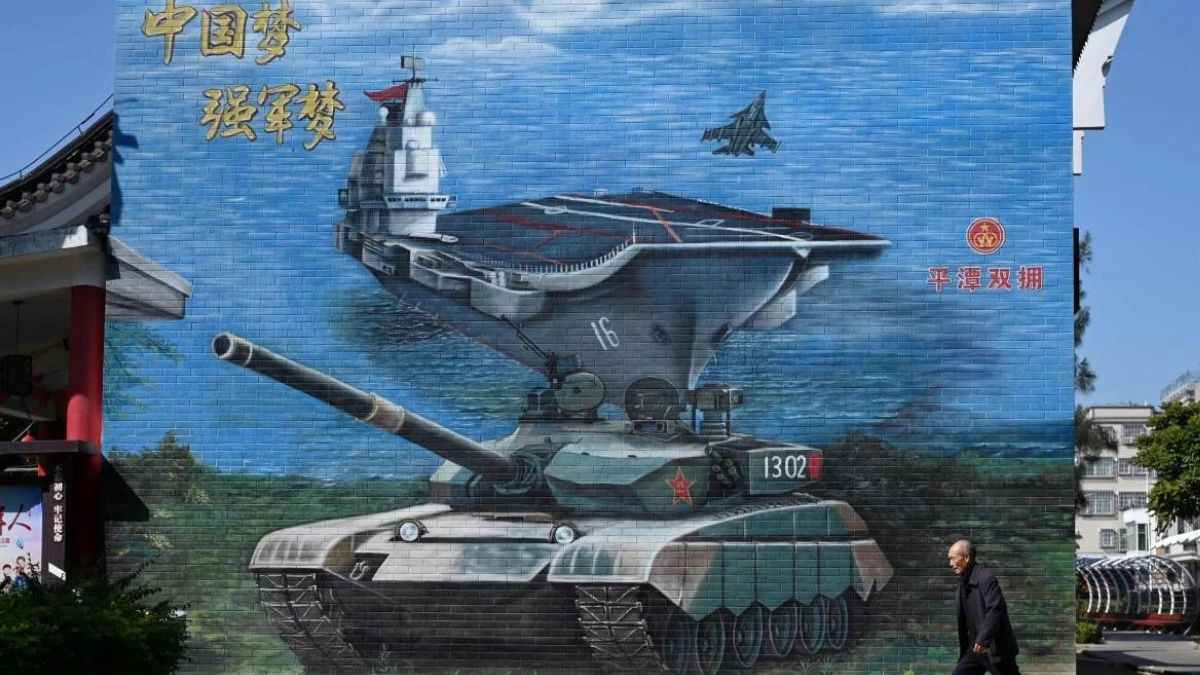 Image Credits - AFP
Image Credits - AFP
In response to Beijing’s intensified focus on “military-civilian fusion” to enhance war preparedness, China’s Fujian province has announced noteworthy reforms in its defence mobilization structures. The southeastern province has merged its military-civil fusion office which is responsible for integrating civilian resources into the military buildup, with its defence mobilization department. This strategic restructuring, disclosed by the provincial government this week, corresponds with President Xi Jinping’s priority of deepening reforms within the national defence mobilization system.
The integration of the military-civil fusion office with the defence mobilization department reflects the commitment of the provincial government to correspond with Beijing’s directive, underscoring the need for increased coordination between the military and civilians. This initiative falls in line with President Xi Jinping’s priorities, highlighting the key role of a well-coordinated military-civilian relationship in bolstering the national defence mobilization system.
The defence mobilization system encompasses a thorough range of resources, including political, economic, and defence assets, strategically allocated or utilized in response to potential wartime scenarios or security threats. Fujian’s restructuring mirrors the efforts of the central government to streamline and improve the efficiency of the military-civilian fusion approach, ensuring a flawless integration of civilian resources to enhance overall war readiness.
Post Beijing called for several improvements to the system in October 2022 during the Communist Party’s national congress, the provincial governments opened the local defense mobilization offices. And Fujian did this in December of that year. Among the several other municipalities and provinces, Beijing, Guangdong, Shanghai, and Hunan established their offices. One of the most important changes under the reform was that the provincial governments took over the coordination of defence mobilization from the local ministry districts.
Local mobilization offices with the cooperation of the provincial governments have enhanced their efforts by holding educational events and also joint training with the emergency departments. According to Xiamen TV, a coastal city in Fujian called Xiamen held over 1200 national defence education activities by at least more than 860,000 participants in total over the preceding year.
Officials turned a residential place into a national defence mobilization community in Shijiazhuang, the provincial capital of the northern province of Hebei. This was done with air defence emergency signs and also posters that said where to find shelters during wartime.
By including the development of dual-use technologies with an intent to modernize its forces in the face of escalating geopolitical challenges and also a rivalry with the U.S., China has pushed for more integration between the military and civilians.
As Fujian takes strides in implementing these reforms, the broader implications for China’s military posture and regional security dynamics come into focus. The move emphasizes China’s commitment to modernizing its defence infrastructure and adapting to contemporary geopolitical challenges.
